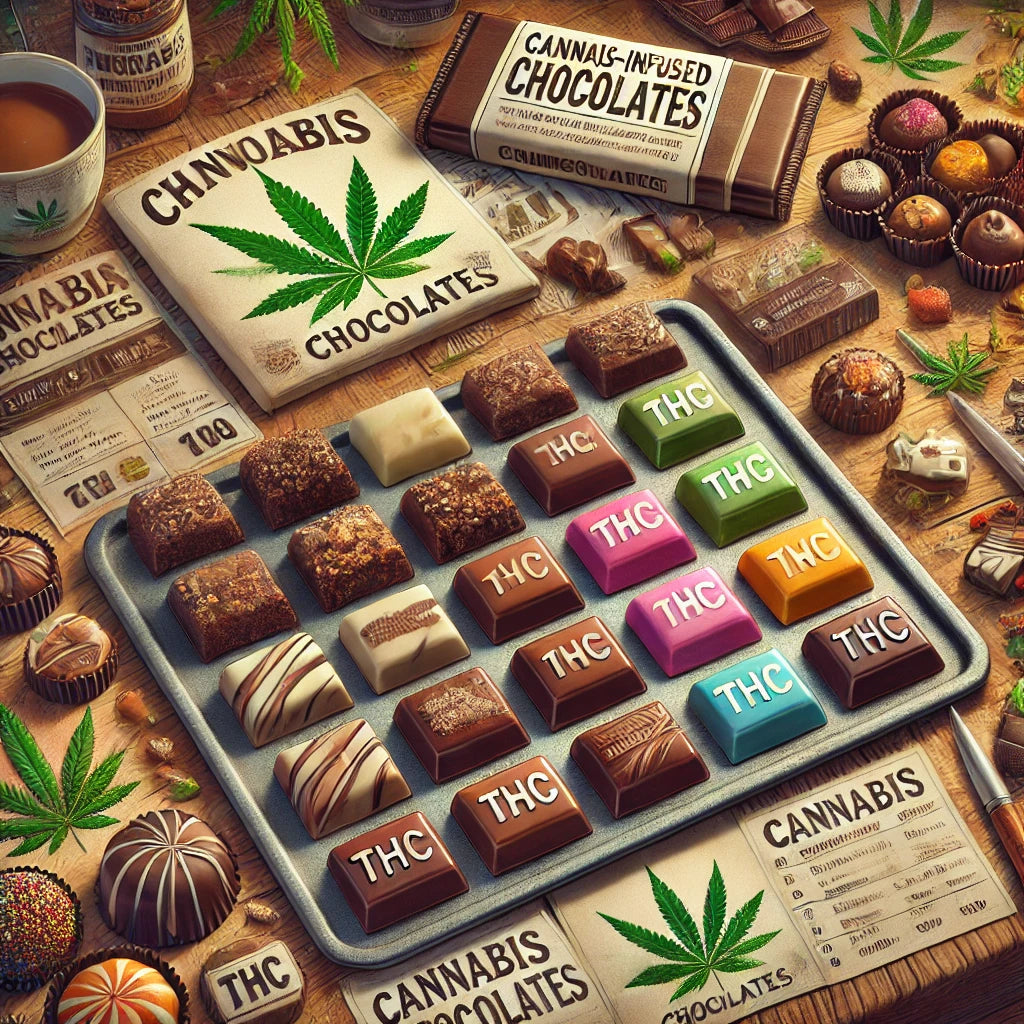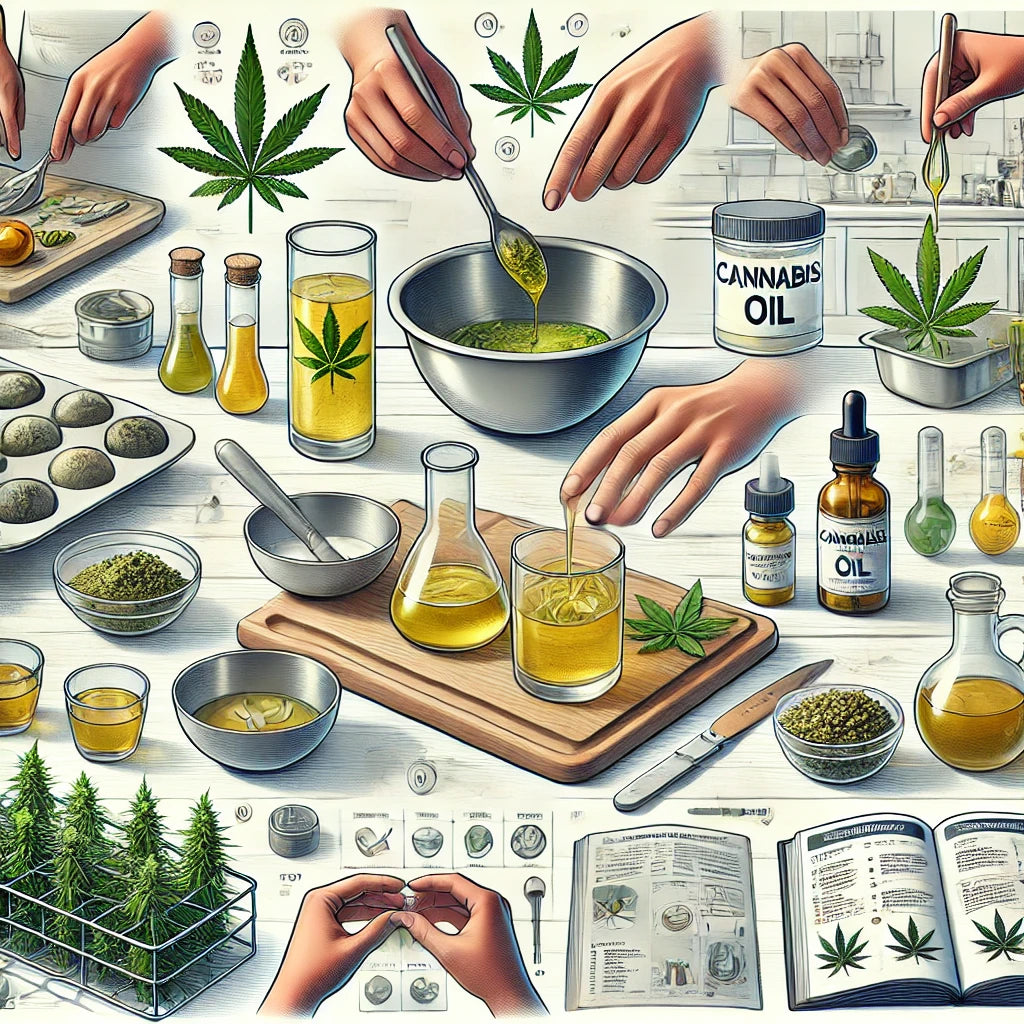With a history that spans thousands of years, hash, or hashish, is one of the many varieties of cannabis extracts. The goal of producing extracts is to isolate the cannabinoids and terpenes from plant material (like buds and leaves) to produce a liquid or solid substance that can be inhaled or ingested. Hash consists of kief, the sticky, crystal-like substance at the head of the plant’s trichomes, which are the mushroom-shaped glands on the plant’s leaves.
HIGHLIGHTS
- Hash is produced by a fully mechanical, solventless process.
- When consumed by vaporizing or dabbing, a hash can be a smoke-free option for cannabis consumption.
- Like all cannabis extracts, the hash is highly concentrated, so there is a risk of overconsumption.
How is Hash Made?
Historically, hash was made by collecting the material that sticks to the hands when cannabis flower is handled. Today it’s more typically produced by separating the kief and using pressure and heat to rupture the resin glands, changing the composition. It’s often formed into a softball or brick, but it may also be sold in powdered form. It is made using a purely mechanical process, so no potentially harmful solvents (butane or propane) are used. Hash ranges in colour from golden yellow to bright green, depending on how it’s produced — the more plant material that ends up in the final product, the greener it will be.
The various production processes for hash use different temperatures and collecting methods. In the dry sift process, the cannabis is often frozen to allow the trichomes to break off more easily. The plant material is carefully brushed back and forth over a fine mesh screen (or a series of ever-smaller screens). The trichomes fall through to be collected underneath.
Another method involves combining the cannabis flower with dry ice, which is five times colder than regular ice. It’s then shaken in a mesh bag, and the frosty trichomes fall into a basin below. A more complicated extraction process involves straining the material through silkscreens and ice water; this produces bubble hash, a delicate material that will melt instead of burn when a flame is applied.
How is it Consumed?
Unless it’s being smoked in a joint, hash requires a specific accessory for consumption, such as a pipe, bong, extract-specific vaporizer or dried flower vaporizer with an extract attachment.
Hash generally isn’t appropriate for dabbing, but highly concentrated bubble hash labelled “full-melt” or “six-star” (the stars refer to the quality ) can be. If you are new to cannabis, dabbing is not recommended — it is a complicated process that can produce substantial and immediate effects. It may increase your risk of over-consuming and experiencing adverse effects.
What Are The Pros and Cons of Hash?
When vaporized or dabbed, hash offers a smoke-free option to inhaling dried cannabis flower, which can come with the potential risks associated with smoking.
Because the hash is a highly concentrated product, you should consume less than dry cannabis flower. However, the concentration also comes with the potential for overconsumption. To minimize that risk, Health Canada recommends that you start with a very small amount, especially if you are trying a new product, and wait to see how it affects your body and mental state.
While the correct dosage for you depends on many variables, such as your weight, how much food you consumed before consumption and your metabolic rate, a reasonable starting dose is a pinch (roughly the size of a dime).
What Should I Consider When Shopping for Hash?
Like all extracts, hash differs from other forms of cannabis in that it has the potential to contain a higher concentration of cannabinoids: up to 60% tetrahydrocannabinol, or THC, for example, in contrast to the potential 30% in raw cannabis. Extracts available through Ashario that are meant to be inhaled can contain no more than 1,000 mg of THC per package; the exact amount per product can be found on the product label.
Important Notice: Content on this website is intended strictly for informational purposes. Ashario does not promote any product or represent that the products mentioned on Ashario's website are treatments for any kind of medical condition. Ashario cannot guarantee that information provided is error-free or complete and is not responsible for the quality of the information provided by users. Ashario does not endorse any user-reported information, any particular strain, product, producer, organization, treatment, or therapy.
Important Notice: Content on this website is intended strictly for informational purposes. Ashario does not promote any product or represent that the products mentioned on Ashario's website are treatments for any kind of medical condition. Ashario cannot guarantee that information provided is error-free or complete and is not responsible for the quality of the information provided by users. Ashario does not endorse any user-reported information, any particular strain, product, producer, organization, treatment, or therapy.








